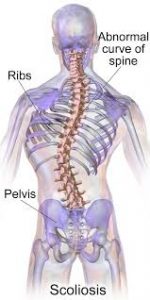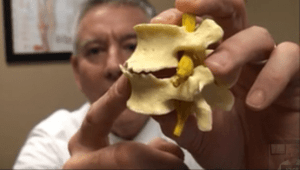
Cervical Disc Disease and Neck Pain
Cervical disc disease is a condition affecting not just the neck area but runs down your entire back and spine. This is a result of the body’s natural degenerative process. If you have cervical disc disease, you will feel a radiating pain down your spine starting from the neck area. You will also notice that your shoulders, arms and hands might feel numb.
The extent of mobility loss and pain will vary from one person to another. However, it is undeniable that the pain is enough to affect your daily life and activities.
Cervical Discs: Your Natural Shock Absorbers
The spine is made up of vertebrae (seven bones in total) that are locked together by discs. In between each disc is a gel-like substance that is designed to prevent the discs from coming into contact with each other. On the other hand, the discs provide mobility for the spine and stabilize the back and neck. If the discs are working properly, you should have no problem executing basic movements such as bending forward and back or moving side to side.
Without the discs or if they are not in prime condition, your back will become stiff. The best way to describe the function of the disc is that of a shock absorber. They make movement easier and more efficient.
As the body degrades, the gel-like cushion and the discs themselves deteriorate. The space in between each disc will narrow and the nerve roots get pinched with every movement (thus, the pain). This is a condition referred to as cervical degenerative disc disease.
Diagnosing your Cervical Disc Disease

A neurological exam is recommended for patients to measure the reflex, strength and sensation in the affected area. Additional tests are performed to study the condition and state of the spinal discs. Some of these tests include MRI or magnetic resonance imaging, CT scan and X-ray. These tests are designed to create a visual image for your doctor to evaluate the source and extent of neck and back pain.


 I love to write medical education books. My books are written for everyone in an easy to read and understandable style.
I love to write medical education books. My books are written for everyone in an easy to read and understandable style.